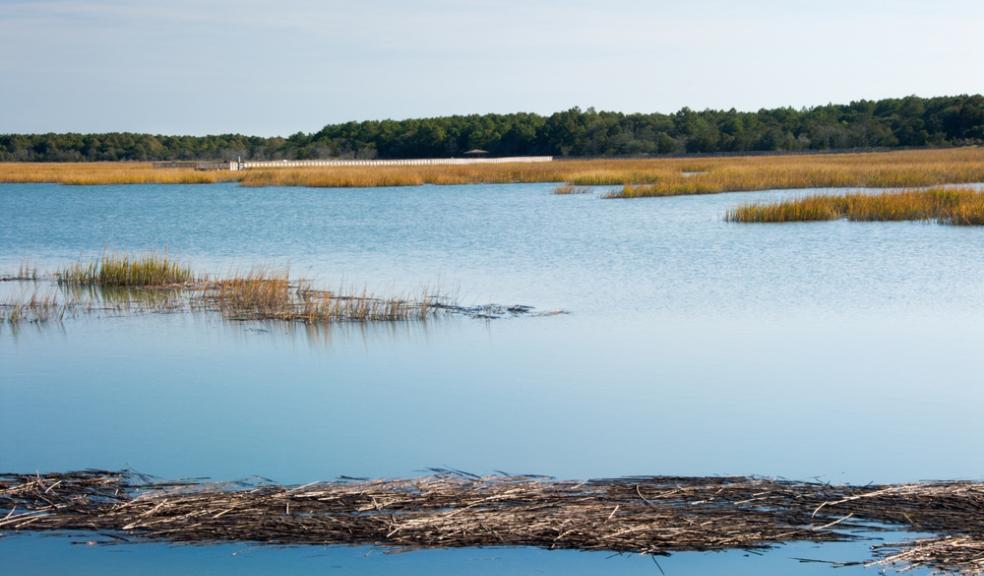
Scientists use salt marshes to analyse global sea-level rise
The world’s salt marshes could hold the key to predicting future sea levels after scientists used them to pinpoint when recent rises began.
Scientists analysed sediments and fossils buried in salt marshes which show the recent rise in global sea levels – posing a threat to millions of coastal homes worldwide – began around a century ago.
Professor Roland Gehrels, from Plymouth University, and Professor Philip Woodworth, of the National Oceanography Centre in Liverpool, say this can be linked to the general rise in temperatures and supports theories that global warming is melting Arctic ice caps and glaciers and impacting on sea levels across the globe.
Professor Gehrels, from the University’s School of Geography, Earth and Environmental Sciences, said: “All over the globe low-lying coastal populations are living with the threat of coastal flooding from rising water levels. In order to make meaningful predictions of future sea-level rise, we need to understand what the underlying mechanisms were that drove historical variations. Our goal is to account for all possible contributions in the recent past to alleviate the uncertainties associated with predictions of future sea-level change.”
The first systematic measurements of sea level from direct observations date back to the late 17th century, but it was not until the mid-19th century that the first ‘automatic’ tide gauges were developed.
For their research, Professor Gehrels and Professor Woodworth used data from cores of salt-marsh sediments taken from a number of sites in both the northern and southern hemisphere.
Within these cores are tiny fossilised marine organisms, which scientists can use to determine how much new sediment has been deposited by incoming tides and how much levels have risen over many centuries.
Using this technique, the scientists were able to chart sea levels going back almost 4,000 years, allowing them to date the onset of the modern sea-level rise as the early years of the 20th century.
Professor Gehrels added: “The timing of the change was relatively uniform throughout the globe, suggesting that the influx of water came from a terrestrial source – melting land ice. But the magnitude of change was not uniform, being larger in the southern hemisphere than the northern hemisphere, which indicates the water was released from ice in the northern hemisphere. The results therefore support the theory that modern rates of sea-level rise were triggered by the melting of the Greenland Ice Sheet and Arctic glaciers.”











